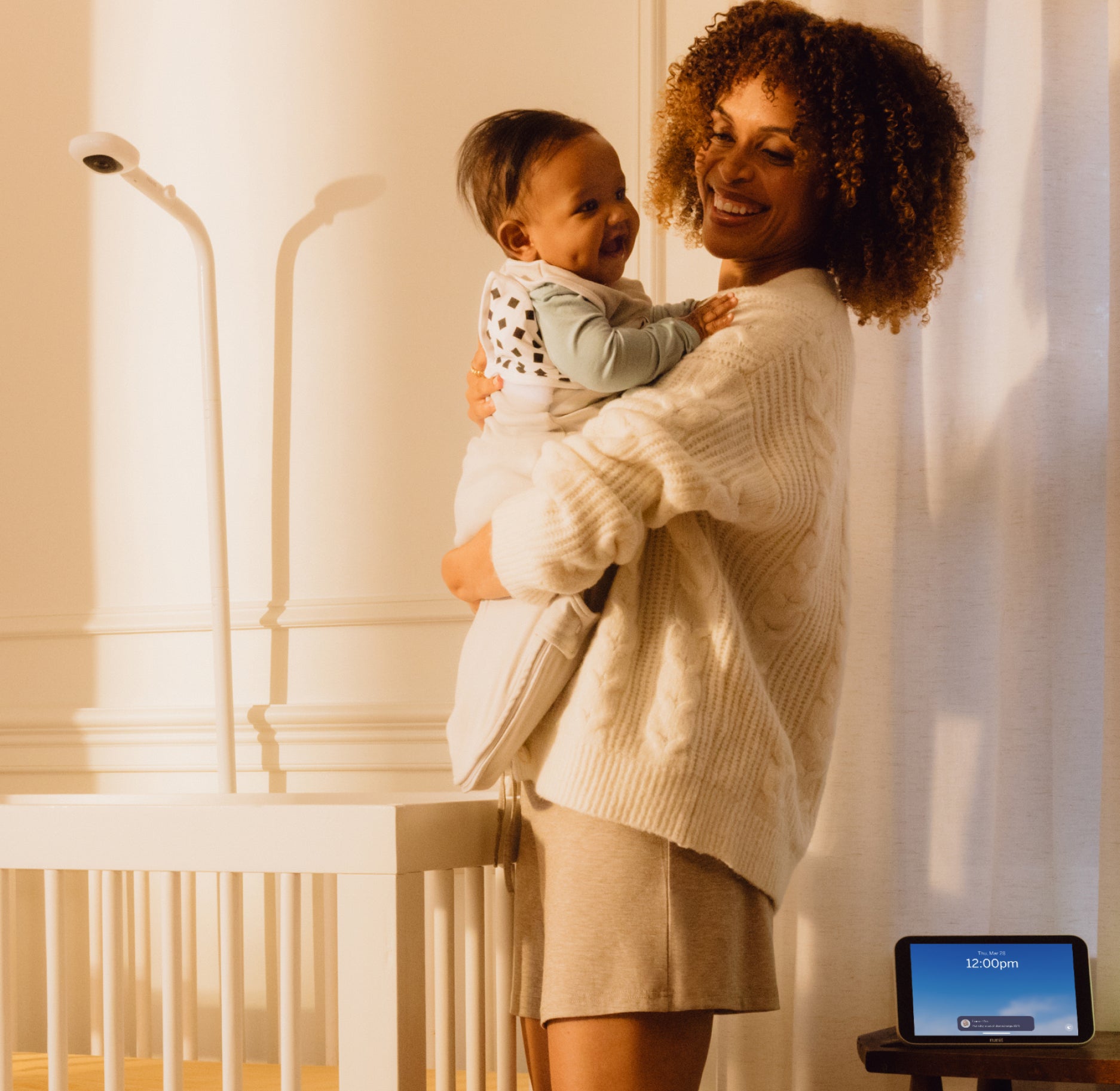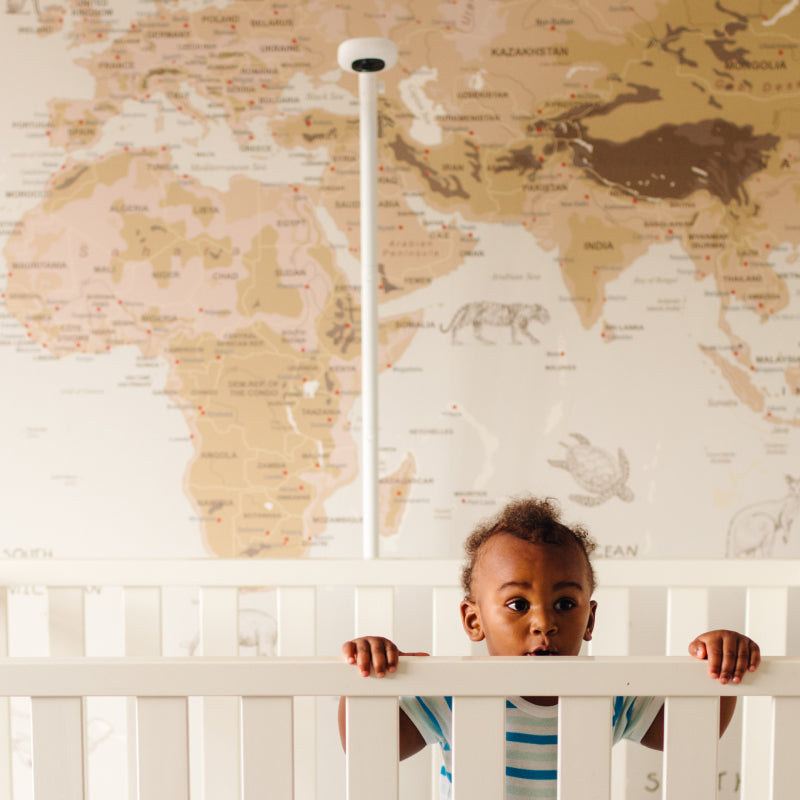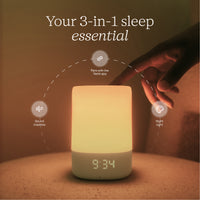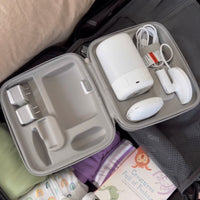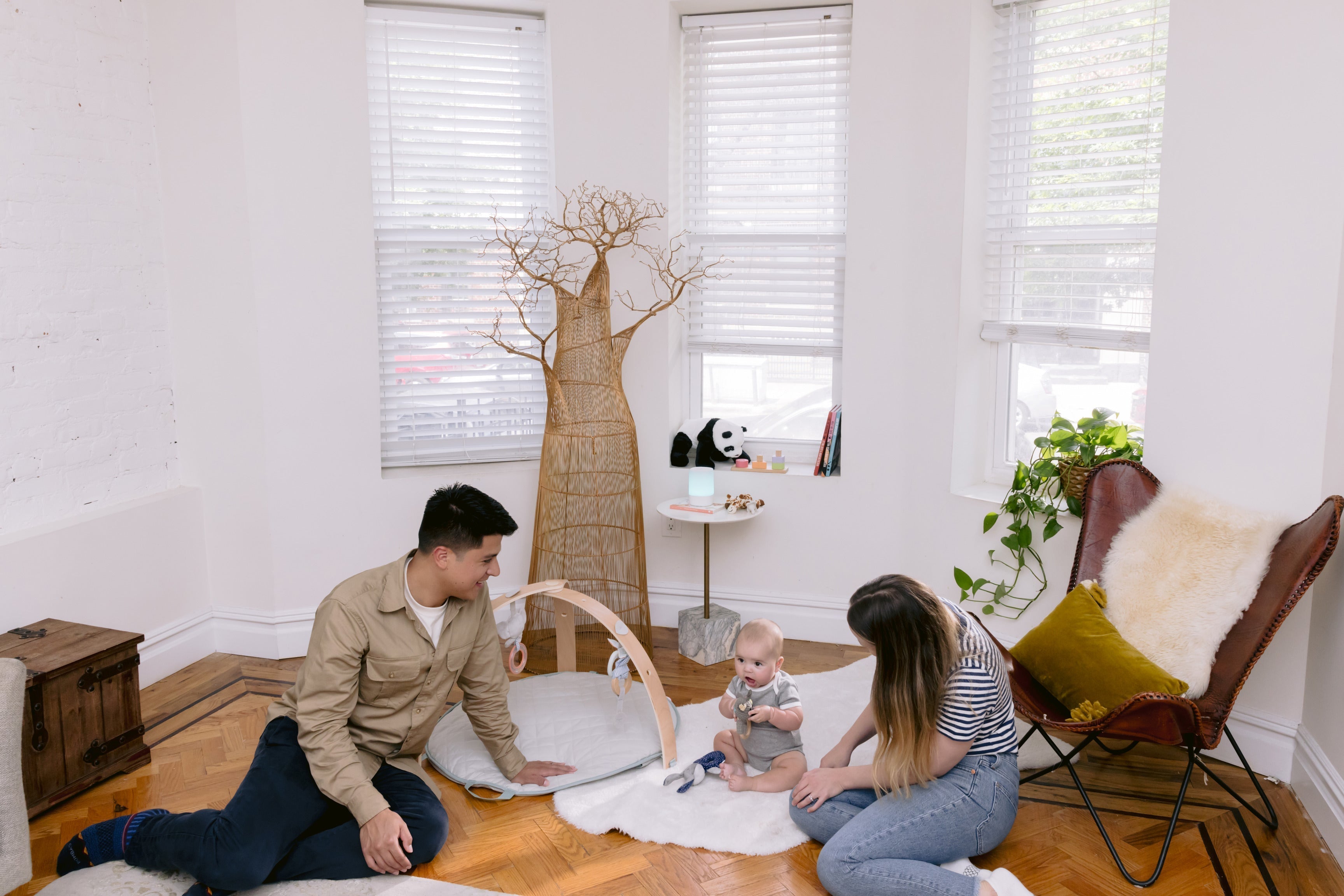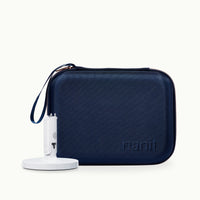At Nanit Lab’s 2024 Symposium, researchers showed how valuable Nanit tools can be at providing reliable growth and milestone information, helping parents to know more about what to expect and how best to support their babies. Check out some of the compelling studies and the important takeaways.
Babies on the Move
Who: Prof. Sarah Berger, City University of New York, USA
Topic: Move More, Sleep Less: The Impact of the Onset of New Motor Milestones on Infants’ Sleep
Gist: Prof. Berger’s study looked at how motor skill milestones (such as first crawling, walking, pulling up to stand) influenced infants’ sleep quality during their first year and why. The study used parental diaries and video footage from Nanit monitors. A total of 107 families participated with infants who weren’t yet crawling, as well as 124 families with babies who weren’t yet walking independently.
Top 3 Takeaways:
- Babies don’t sleep as well when they are about to learn or are learning a new motor skill.
- Learning a new motor skill may make babies more active at night as they process the new information or are just excited in general.
- Babies may also be more active during these periods because they are “practicing” their new skills.
New Daily Mantra: Restless nights may predict exciting milestones! And sleep gets better again once babies master their new skill.
Heads Up
Who: Ms. Michele Goncalves-Maia, City University of New York, USA
Topic: Head position during sleep: validation of the Nanit head position algorithm for infants with typical development and with torticollis
Gist: Dr. Maia’s study used Nanit video and sleep data about babies’ head positions during sleep to help validate Nanit head position algorithms and detect muscle abnormalities.
Top 3 Takeaways:
- Head movements are an important first step in babies developing key motor skills (like sitting and feeding themselves) and being able to interact with caregivers.
- It’s important to offer babies multiple ways to strengthen their neck muscles (like tummy time, face time, and encouraging babies to turn heads both ways) so muscles develop in a balanced way and babies can hold their head centered.
- Babies’ head position during sleep may make it possible to detect muscle abnormalities early and get help from pediatricians if needed. .
New Daily Mantra: To help muscles develop evenly, balance is best—some tummy time, some on-the-back time.
Overall, both studies showed how Nanit monitors provided valuable information and research both to scientists learning about sleep and infant development, and to families who want to get the best rest possible. Learn more about the work we do and the experts we collaborate with at Nanit Lab.
Need help finding the right Nanit Baby Monitor set up? Take our 1-minute quiz and get matched with our recommendation based on your family's needs: Find the Right Baby Monitor



